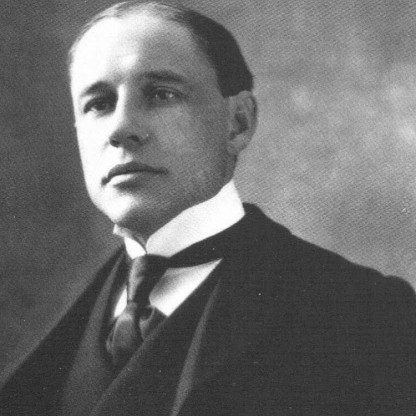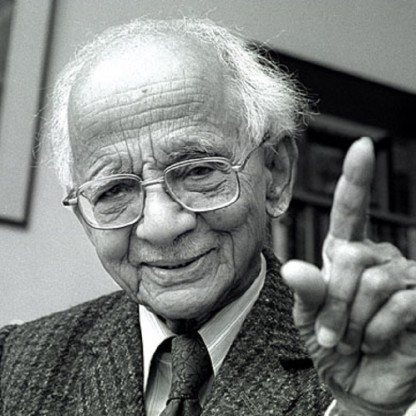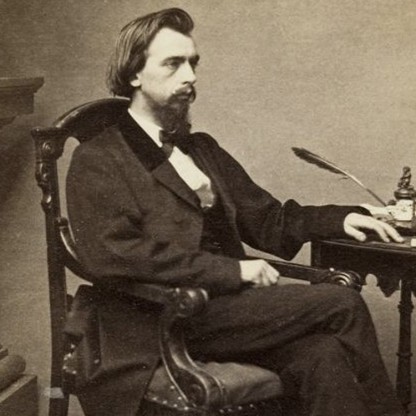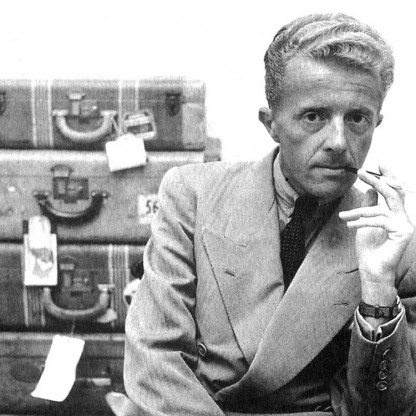Michener's novels include Tales of the South Pacific for which he won the Pulitzer Prize for Fiction in 1948, Hawaii, The Drifters, Centennial, The Source, The Fires of Spring, Chesapeake, Caribbean, Caravans, Alaska, Texas, and Poland. His non-fiction works include Iberia, about his travels in Spain and Portugal; his memoir titled The World Is My Home; and Sports in America. Return to Paradise combines fictional short stories with Michener's factual descriptions of the Pacific areas where they take place.









